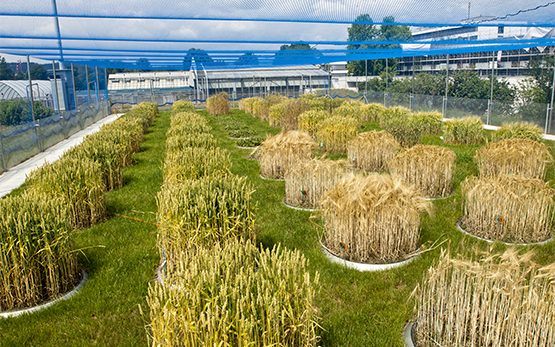Agriculture harnesses natural resources with the aim of food production whilst exerting an influence on the environment and the remaining functions of the agroecosystem. Although substantial efforts have already been expended, policymakers and society expect the agriculture and food sector to further improve its sustainability and to bridge the gaps in terms of the environmental targets, resource efficiency and effects on the climate. In order to assess the impact of existing and future measures and technologies and identify the need for action, we must be able to record and model the extent and development over time of the sustainability of the agriculture and food sector, especially with regard to its environmental impacts and substance flows, with the aid of suitable measuring concepts and methods, indicators, inventories and monitoring activities.
New findings on the main causes, interactions and influencing factors for the relevant agricultural emissions form the basis for the targeted development of decision-making tools and solution strategies for policy-makers and practitioners, so that resource efficiency and substance flows can be optimised with regard to location and environmental pollution can be reduced. Measurements taken in the Swiss agroecosystem, in trials under near-realistic conditions, as well as comprehensive life-cycle analyses with impact assessments for all relevant environmental impacts, form a significant basis for this. In addition, a concept for the system-oriented assessment of farms in terms of the three pillars of sustainability is being developed with the aim of acquiring holistic and implementable recommendations for the further development of the agricultural sector.






